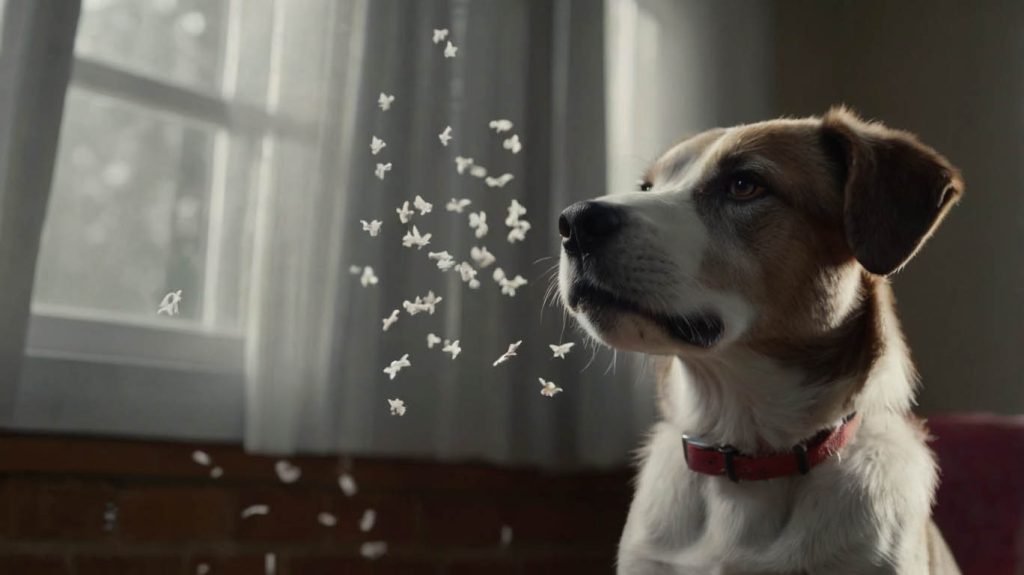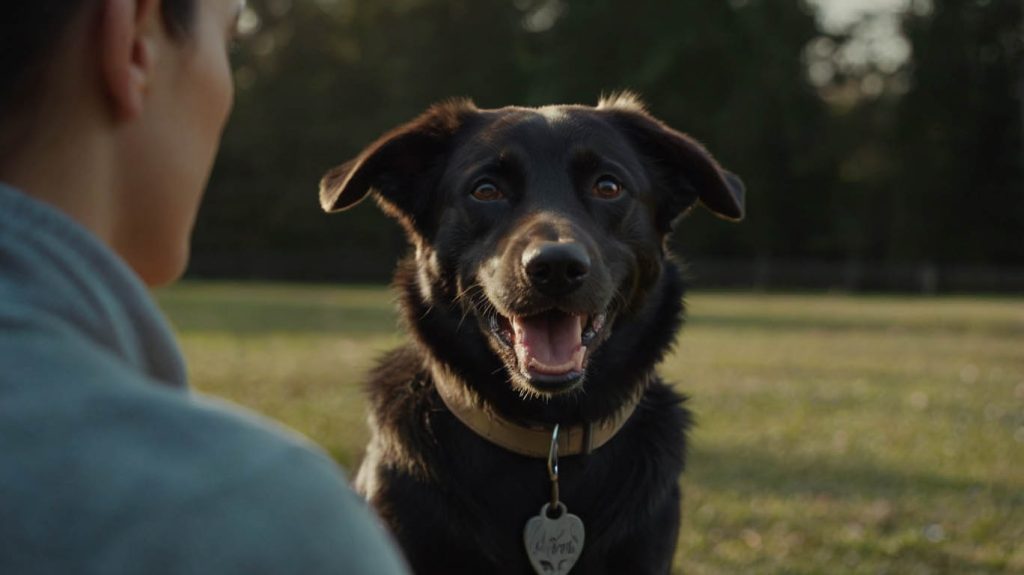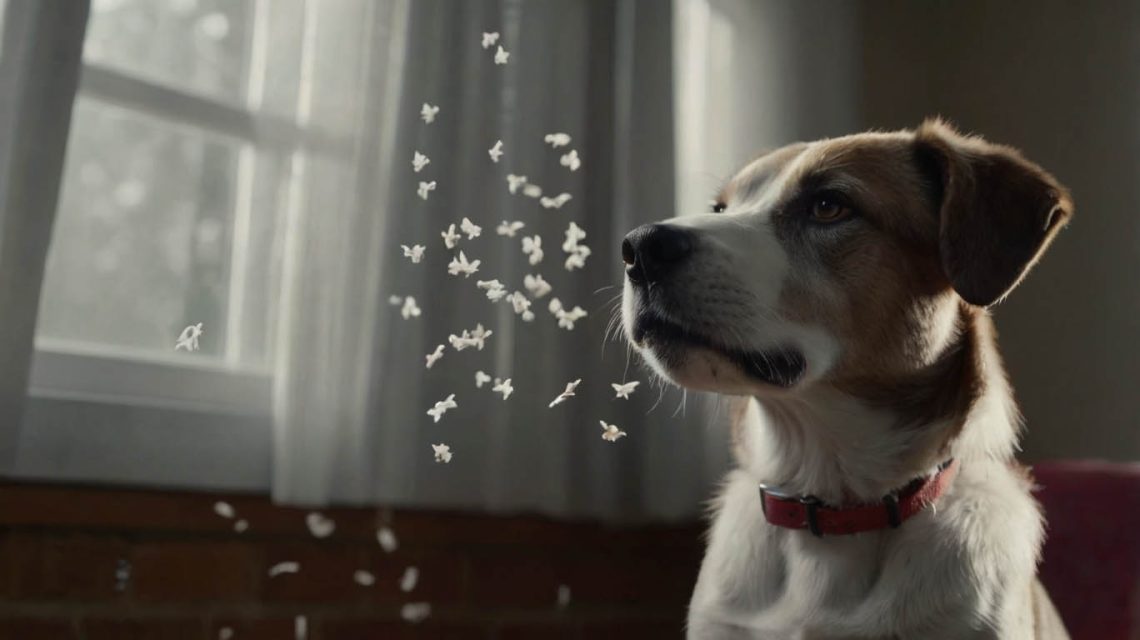If you think a pocket full of treats is the only way to train your dog, think again. Many dog owners are surprised to learn that you can teach impressive tricks using praise, play, and creativity—no snacks required. So, if you’re wondering how to teach a dog tricks without treats, you’re not alone. It’s not only possible; it often builds a stronger bond between you and your furry friend.
This guide dives deep into positive, treat-free training techniques that actually work. You’ll discover actionable steps, inspiring stories, and the science behind teaching your dog new tricks with nothing but joy, encouragement, and a little play.
Why Some Dog Owners Choose Non-Treat Training
Using food in training isn’t wrong. However, there are many reasons people explore how to teach a dog tricks without treats:
- Dogs with allergies or sensitive stomachs
- Over-dependence on food to obey commands
- Owners who prefer natural bonding methods
- Dogs that are more motivated by play or praise
- Long-term goal of obedience without needing bribes
Training without food doesn’t mean less fun—it often means more meaningful communication.

Story of Marley: The Dog Who Learned to Roll Over Without Treats
Marley, a two-year-old rescue Lab, loved attention but ignored food. His owner, Rachel, tried traditional methods to teach “roll over,” but nothing worked. That’s when she switched her approach.
Instead of treats, Rachel used a favorite tug toy and tons of praise. Every time Marley rolled a little more, he got a quick play session. Within days, Marley was rolling over on cue—tail wagging and ready to show off.
Marley’s story proves that learning how to teach a dog tricks without treats isn’t just theory—it’s a real solution for real dogs.
How to Teach a Dog Tricks Without Treats: Step-by-Step Guide
Let’s break down a simple and effective framework for training without using treats.
Step 1: Choose a Motivating Alternative Reward
Before you begin, figure out what your dog loves:
- Tug toys
- Fetch games
- Verbal praise
- Physical affection (belly rubs, ear scratches)
- Access to fun (running off-leash, chasing a ball)
Identifying your dog’s top motivators is essential when learning how to teach a dog tricks without treats effectively.
Step 2: Use Clear, Consistent Cues
Trick training requires clarity. Whether it’s “roll over,” “spin,” or “high five”:
- Use a consistent verbal cue
- Pair it with a visual signal (hand movement)
- Maintain the same tone and energy
Dogs thrive on consistency. The clearer your instructions, the faster they’ll respond—even without snacks.
Step 3: Mark the Behavior Instantly
Timing is everything. When your dog performs the right move:
- Use a clicker, a “Yes!”, or a happy “Good dog!”
- Immediately follow with your chosen reward (play, praise, toy)
This link between action and reward creates a powerful training association—even when food isn’t involved.
Top Tricks to Teach Without Treats
If you’re just starting out, these beginner-friendly tricks are perfect for non-food training.
“Sit Pretty”
- Lure your dog into a sit
- Lift your hand up to get their front paws off the ground
- Reward with praise or quick play when they balance
“Spin”
- Use a toy or your hand to guide your dog in a circle
- Say “Spin” as they turn
- Reward immediately with play or affection
“Shake” or “Paw”
- Tap your dog’s leg gently while saying “Shake”
- As they lift their paw, mark the behavior
- Follow up with your chosen reward
These tricks demonstrate how how to teach a dog tricks without treats can still lead to impressive results.

Praise and Play as Primary Rewards
Treat-free training is built on emotional rewards. Here’s how to make the most of them:
Make Praise Count
- Use a bright, enthusiastic voice
- Be specific: “Good spin!” or “Yes, sit pretty!”
- Use body language—smile, kneel down, or clap softly
Incorporate Structured Play
- Tug games after a successful trick
- A quick ball toss as a surprise
- Hide-and-seek with their favorite toy
These joyful interactions turn every session into a celebration, which is the core of how to teach a dog tricks without treats.
Using Environmental Rewards in Trick Training
Life rewards can be just as powerful as food. For example:
- A door opens after a trick is performed
- A leash is clipped on after a perfect “spin”
- A sniff break is given after “paw”
Dogs quickly learn that good behavior leads to good things—making how to teach a dog tricks without treats a lifestyle, not just a lesson.
Common Challenges and How to Overcome Them
Training without treats can be a bit different at first. Let’s address the common hurdles.
Challenge: Dog Lacks Interest
Fix: Increase energy, shorten sessions, or change your reward (try a favorite toy instead of praise).
Challenge: Dog Doesn’t Understand the Cue
Fix: Break the trick into smaller steps. Reward every small success along the way.
Challenge: No Progress After Several Days
Fix: Evaluate your timing. Make sure praise or play follows immediately after the behavior.
Patience and consistency make all the difference when applying how to teach a dog tricks without treats.
Case Study: Bailey and the No-Treat Dance Trick
Bailey, a Shih Tzu mix, wasn’t into food. Her owner, Laura, wanted to teach her to dance. With gentle voice encouragement and a squeaky toy reward, Laura marked every small twirl Bailey performed.
It took two weeks of 5-minute sessions, but Bailey eventually danced on command—no treats involved. Now, it’s her signature party trick.
Bailey’s journey shows how rewarding progress—not perfection—is the true secret behind how to teach a dog tricks without treats.
FAQs
Can all dogs learn tricks without food rewards?
Yes. Every dog is motivated by something. You just need to find what excites them—play, praise, toys, or access.
What’s the best non-food reward?
It depends on your dog. High-energy breeds may prefer tug games; affectionate dogs may thrive on praise and touch.
Will my dog listen long-term without treats?
Absolutely. Non-treat training often builds stronger, longer-lasting habits.
Is this method okay for puppies?
Yes. In fact, it’s ideal for building lifelong focus and responsiveness.
Can I mix food and non-food rewards?
Yes. Some owners start with treats and gradually transition to praise or play.
Conclusion: Tricks, Trust, and Tail Wags Without Treats
Learning how to teach a dog tricks without treats opens up a world of training that’s more fun, more natural, and just as effective. Whether your dog lights up for a tug toy, a belly rub, or a game of fetch, the key is to connect, celebrate progress, and make every interaction meaningful.
So, ditch the treat pouch for your next session. Grab a toy, get excited, and show your dog that you are the reward. Start today—and let the tricks begin.


